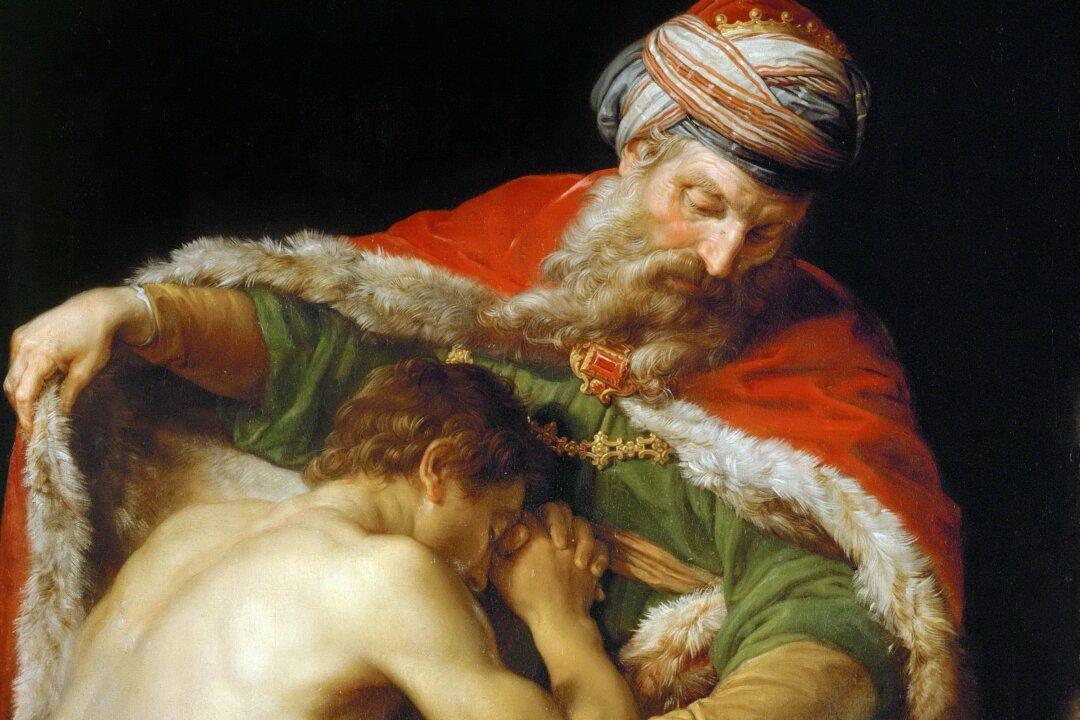I recently came across Pompeo Batoni’s “The Return of the Prodigal Son” and was immediately struck by the care and warmth between the two figures in the painting. What might this painting and the story it represents provide for us today?
Pompeo Batoni and the Grand Tour
Pompeo Batoni (1708–1787) has been described as Italy’s “last old master.” During the 18th century, he was the most famous painter in Europe and dominated Italian portrait painting. He was also well-known for religious and allegorical paintings.During the 18th century, the Grand Tour, which was a rite of passage for wealthy young men, was very popular. The youths traveled throughout Europe to gain a deeper connection to their traditions and cultural heritage.





